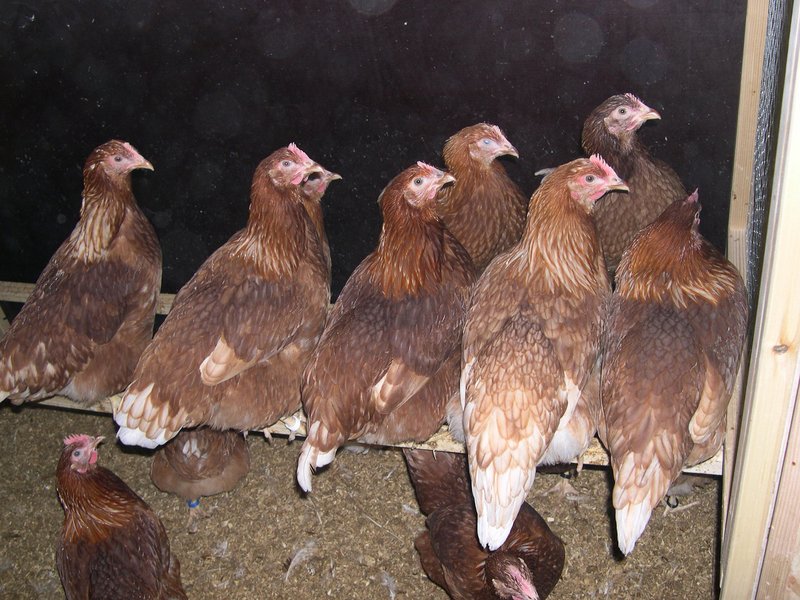Keel bone fractures in laying hens affect animal welfare
Aarhus University researchers conclude from recent review that keel bone fractures in laying hens are an animal welfare problem.
May 15, 2018

Many egg-laying hens experience keel bone fractures at some point in their lives, whether they are housed on the floor in deep litter, in battery cages in conventional systems or in free-range or organic production systems with access to outdoor areas, according to Aarhus University in Denmark.
Fractures may arise because of collisions with housing structures or other hens or because of failed landings, but for most of the injuries, the underlying reason is unknown, the university said.
Denmark's Ministry of Environment & Food asked Aarhus to review current knowledge about the relation between keel bone fractures and egg layer welfare.
In its recent review, researchers from the Aarhus department of animal science concluded that the injuries constitute a welfare problem, no matter which animal welfare factor is applied. The results have been published in the scientific journal Frontiers in Veterinary Science.
"While studying how keel bone fractures affect hen welfare, we included different animal welfare concerns. We conclude that keel bone fractures constitute a welfare problem, irrespective of the applied welfare concern as the injuries affect production, the hens’ ability to display natural behavior and the opportunity for a life without pain," said senior researcher Anja Brinch Riber with the Aarhus department of animal science.
Fewer eggs. Layers with keel bone fractures produce fewer eggs, and more studies indicate that they are experiencing pain, the researchers said.
"In behavioral tests, egg layers with keel bone fractures have been shown to be reluctant to jump from their perches to achieve a mealworm treat. In addition, the injuries impair the natural behavior of the hens. The birds have been shown to spend less time sleeping on the perches. Instead, they rest more on the floor, which is not normal behavior," Riber said.
Aarhus noted that the study was commissioned by Denmark's Ministry of Environment & Food as part of an agreement with the university on the provision of research-based policy advice.
"In assignments like this, we have answered the questions from the authorities by providing them with a survey of the existing knowledge within the area. The fact that the article was published in Frontiers in Veterinary Science allowed us to communicate this knowledge to the benefit of everyone," Riber added.
The underlying reason for keel bone fractures remains ambiguous, but breeding for production and feed efficiency probably plays a certain role, as the modern laying hen has small breast muscles and a low bodyweight and produces many eggs from an early age, the researchers noted. Further research is needed to learn more about the causes of this welfare problem as well as how to prevent it, they concluded.
Read the article “The Influence of Keel Bone Damage on Welfare of Laying Hens” here.
You May Also Like



